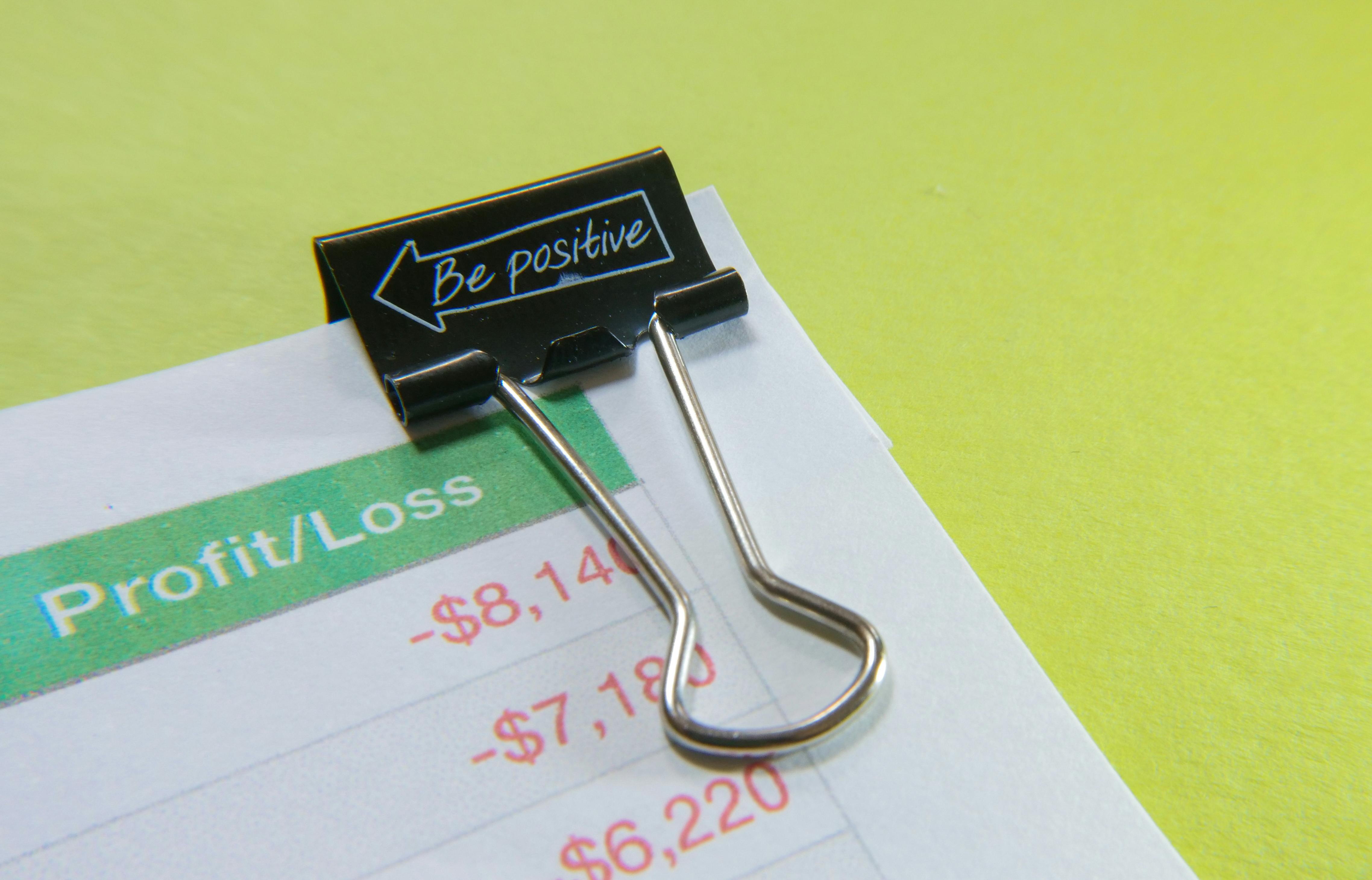Data visualization is about presenting information in some kind of graphical form. The human eye has very powerful sensing capabilities. When you transform a table into a graph, for example, you don’t add new information, but for many it is easier to see long-term trends and individual dips and peaks. Visualizations can be used as valuable analytical tools that enable the identification of patterns in data that would otherwise be extremely difficult to find or view.
Here are some tips to get the most out of your data visualizations.
1. Gather data
Use tools like Bime to combine your multiple data sources and get unique insights.
2. Use a great design
Many applications come with predesigned layouts that you can use. Others allow you to customize to some extent. If you are using chart-based data, choose your charts carefully and, whenever the data allows, keep them simple and functional.
3. Interactivity
Whenever you work with data online, you have the opportunity to bring interactivity to your users. Sometimes static infographics are good enough to display information, but sometimes you will get a lot more interest and understanding if you provide a dashboard that users can play with on their own.
4. What is peculiar is as important as what is right
It’s usually not enough to present the raw facts – interesting comparisons and strong images enhance the ability to share any piece. We are all programmed to remember (and therefore repeat) comparisons better than simple facts.
5. Know your goals
First of all, you must know who your goals are and then find a way to achieve them. Make sure your visualization is seen by your target market, be it colleagues, clients, or top management, and make an effort to target any niche within that market.
6. Provide embed code (with link)
You need to provide the embed code for two main reasons:
– to make it easy for non-tech bloggers to share their content
– to make sure (if you can) get a link
If you can design and include the link in a relevant way (especially if it links to more data or more information), you are likely to increase the likelihood that people who embed your content will embed the link along with it.
7. Get the information
There is a tradition among users of displaying absolutely everything: every data point, the entire range, every column and row. But the best visualizations are all about clarity and unnecessary information is excluded.
8. Self-sufficiency
All charts, tables, and infographics must be self-contained. That is, no other information should be required to understand them. Each one should have a title, legend, font, tags, etc. clear.
